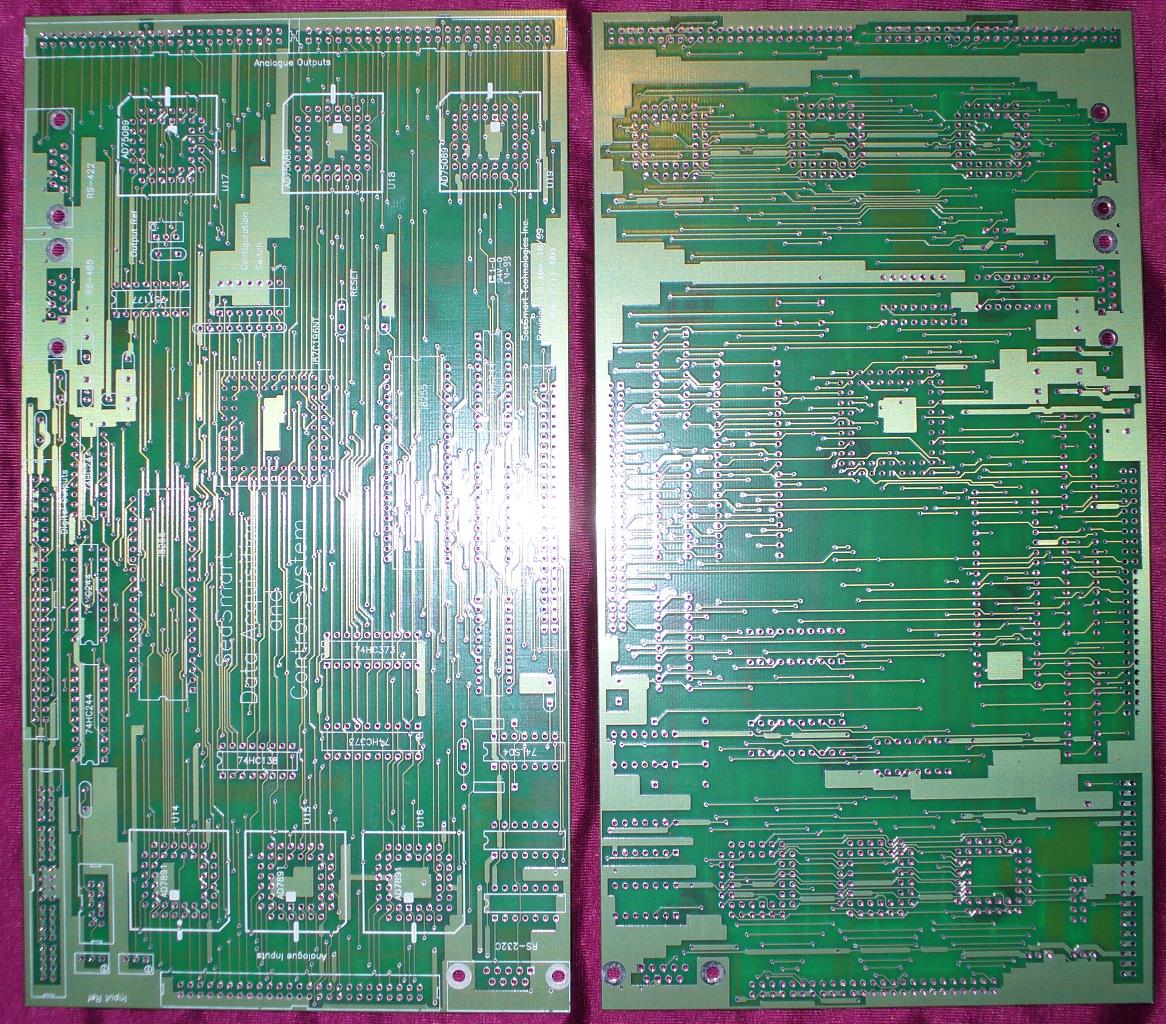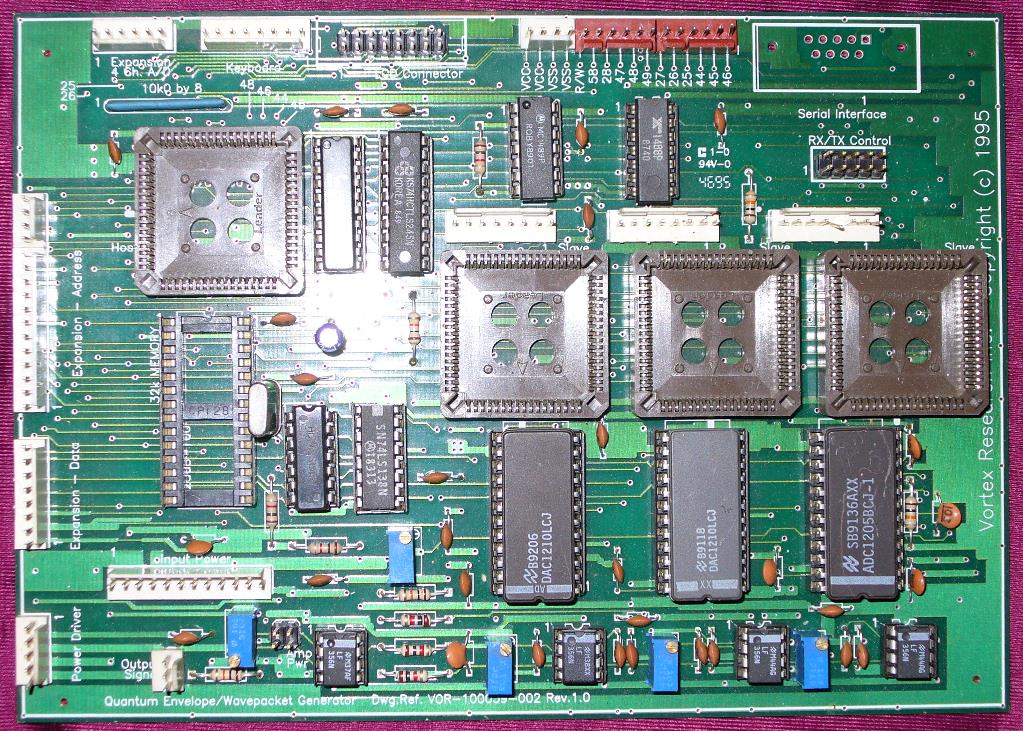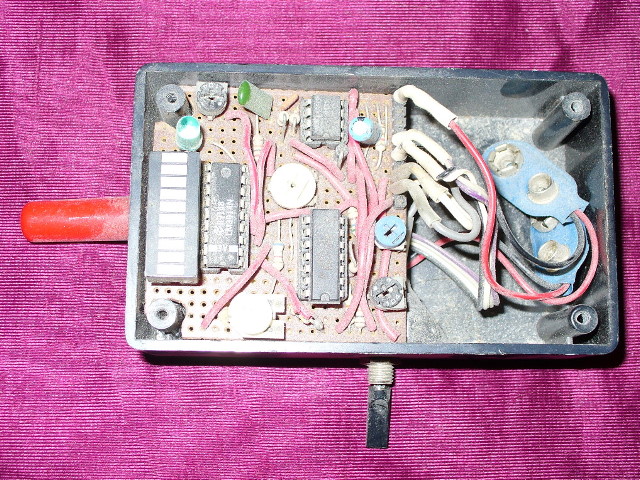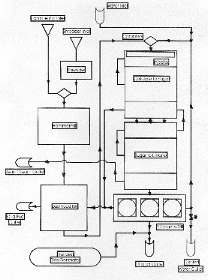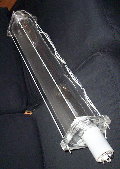|
Vortex Research
|
||||||||||||
Custom Designs
Co-Generation |
You might ask... What is that? It’s a fusion reactor of sorts, that merges subatomic particles at very close to absolute zero using a combination of dynamic magnetic fields, a magnetic bubble, EMF injector and in some cases lasers and plasma injectors. The theory goes that, subatomic particles are standing waves made up of “strings” or possibly closed vortices. Once absolute zero is achieved, particle degeneracy occurs, the particles in close proximity experience entanglement. They merge in a sense and all congregate in the same physical space forming a macro-particle that can have a mass equivalency from millions to billions of times a single particle at ground state. This is termed a Bose Einstein Condensate. The forced entanglement sheds small amounts of apparent mass as energy which can be collected and used in electrical systems. I’ve had this “pet project” for years and it was spawned out of NRC (government research) contracts. I have always had a problem with the massive energy models used in accelerators that were created to examine minute quantum functions and particle reactions through particle collision at high energy. The drive towards a useable fusion model seemed doomed, simply because the requirements to produce energy used more energy than the energy produced. This seemed kind of backwards to me and still does, which is the reason I looked at removing energy to create fusion. Michio Kaku and I discussed this at length back in the mid to late 90’s after he wrote Hyperspace. In 1992 after I had finished building my first Adiabatic Reactor, I was performing experiments in matter translation. Add an ion here or an electron there, change a crystalline structure, etc., not terribly exciting work, but it paid the bills. My laboratory was in my house which was electrically heated with baseboards. The laboratory was in the basement which was fully finished with everything I needed such as my libraries, computers, assembly areas and test equipment. Like everyone else in the area, I expected a ridiculous electrical heating bill, my neighbors were billed at around $330 a month on average in the winter. I wasn’t shocked when the first bill came to my residence at $340.00, for one month. During the settling in period, I wired in the adiabatic reactor so that I could continue my experiments. Everything went perfect, I altered the resonance frequencies of different dielectric materials, which indicated the unit was operational. As I said, my first large electrical bill was as expected and weighed in at $340.00 for one month. However, when the following electrical bill came the next month, I was shocked, it was less than $40.00, needless to say, Ontario Hydro (at the time) was a bit shocked as well, they thought I might be doing something “funny.” Ontario Hydro subsequently sent out a technician to check the meter and of course it tested accurate with a clean bill of health. This was followed up with polite letters asking if we had switched to natural gas heat, which we had not and we responded with that information. Ontario Hydro in the fifth month sent out a technician to change the meter, again, the newly installed meter ran perfectly, logging every little tenth of a kilowatt hour. The bills we received however, never changed more than a few dollars in each billing period. My neighbors were still paying $330 a month and I was still paying about $35. The only difference between them and I, was that I was regularly using the adiabatic reactor to run experiments. Eventually, Ontario Hydro sent out one of their engineering people and a techie who wanted to see what I had running that could so drastically alter the meter readings. I let them in, as far as the breaker panel, but not before shutting the doors to my lab. Since they didn’t see anything untoward in the panel, they quietly left, even though they wanted to look in the lab. Of course security concerns prevented that, I was doing work via the NRC and that took precedence over their “interests” in the technology. The reactor project was eventually shut down due to security concerns. We were delving into the area of Bose Einstein Condensates (BEC’s) and there was the potential for the creation of a singularity. When I started doing this work, there was no theory of evaporating black holes and even if there was, how does one evaporate a single macro-particle that might have the mass of a million subatomic particles in the space of one massive particle? It wasn’t a good prospect, so it was voluntarily shut down by myself in 1998 after I performed a number of plasma experiments within the deceleration chamber that looked like the beginnings of an acreation disc (the plasma within a gas filled glass cylinder attained steady state rotation within the dynamic magnetic field). It’s kind of a funny story and that’s why I have put it on the site. Ultimately however, why did any of this happen, in relation to the lack of electrical usage? There are only a few possibilities;
The reactor
From the information given above, you can speculate as to what the cause was of the “errant” electrical meter. A Little About our Reactor In total, the controls and reaction head have a combined weight of approximately 100kg’s. Magnetic cores are triple annealed, 99.99% high purity FE. The casing is acrylic to provide mounting strength and the ability to monitor activity within the deceleration chamber visually (the area that converts energy in the target fuel used). The outside edge of the magnetic field used to create the magnetic vortex rotates at just over the speed of light (1.05C) or 220 million rpm using a programmable 4ghz digital PLL oscillator. Field size is about 9” in radius (+3”/-1”) and is torus shaped with an accelerating wave front. The lasers used are less than 10 watts. A Little About Adiabatic Fusion Reactions 08/2001 http://adsabs.harvard.edu/abs/2001PhRvC..64b4611S
|
||||||||||||
|
|

